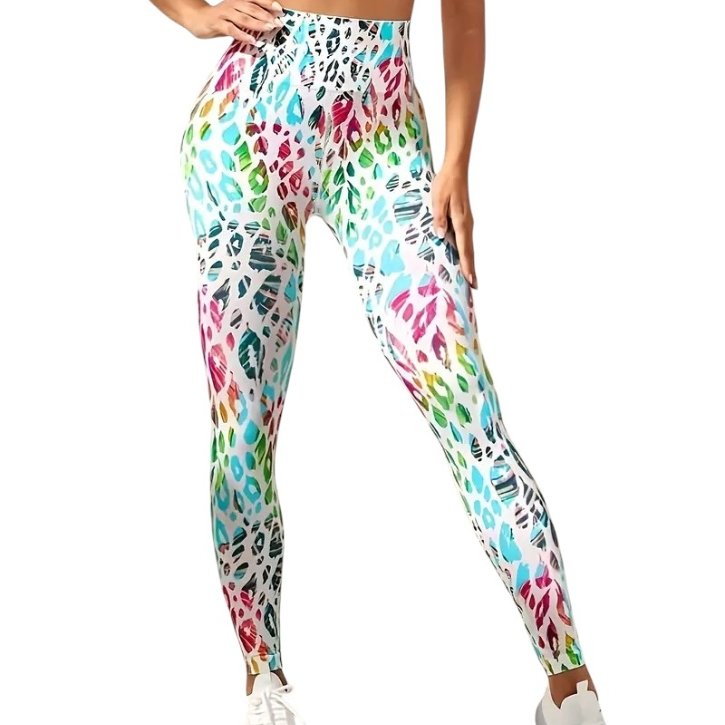The fashion industry is one of the world’s largest polluters, but innovations like digital printing are paving the way for a greener future—starting with socks. Unlike traditional textile dyeing, which consumes vast amounts of water and generates toxic runoff, 360° digital printing offers a sustainable alternative that minimizes waste without sacrificing quality.
The Environmental Cost of Conventional Sock Production
Traditional sock manufacturing relies on screen printing and bulk dyeing, processes that:
✔ Use excessive water (up to 200 liters per kg of fabric)
✔ Generate chemical wastewater (often improperly treated)
✔ Lead to overproduction (due to high minimum order quantities)
How Digital Printing Makes Socks Sustainable
- Water Conservation
– Digital printing uses up to 90% less water than conventional methods by applying ink only where needed.
– No rinsing required, eliminating contaminated wastewater.
- Reduced Material Waste
– On-demand production means no excess inventory—brands print only what they sell.
– No setup screens or plates are needed, cutting pre-production waste.
- Non-Toxic Inks
– Many digital printers use OEKO-TEX® certified water-based inks, free from harmful chemicals like formaldehyde.
Digital printing isn’t just a trend—it’s a necessary shift toward ethical fashion. As consumers prioritize sustainability, socks made with this technology will lead the charge.











